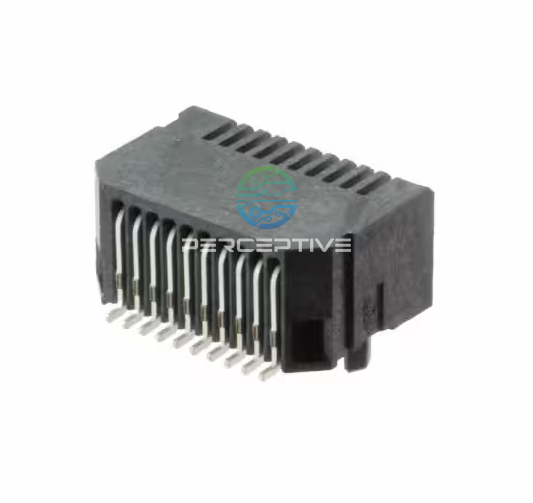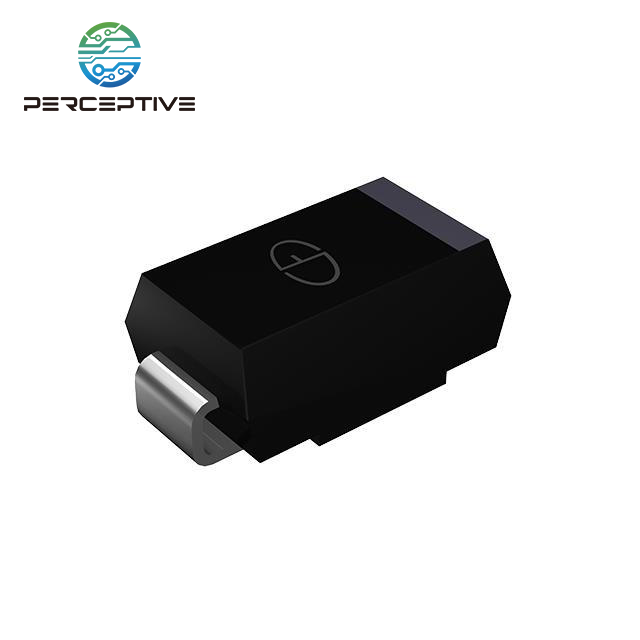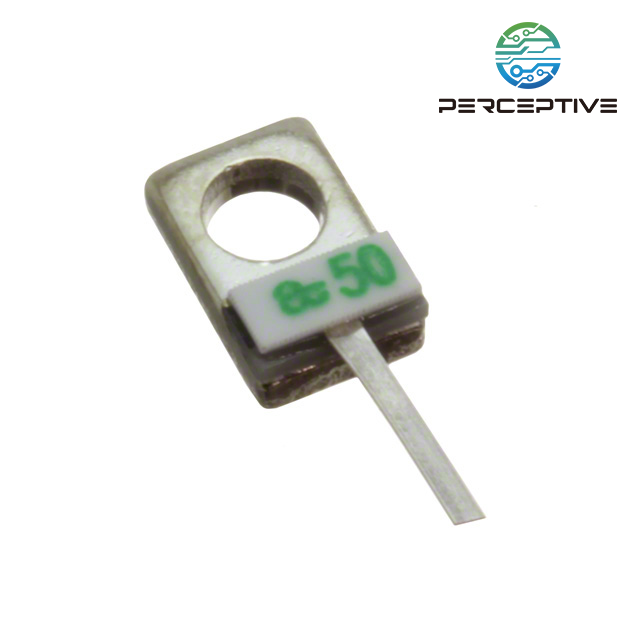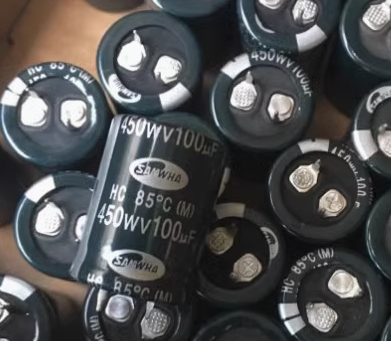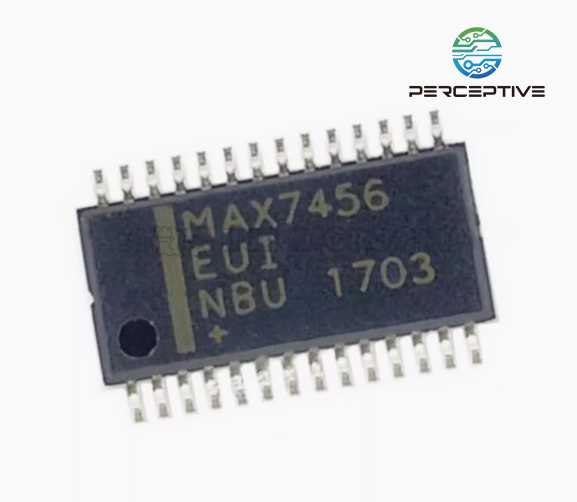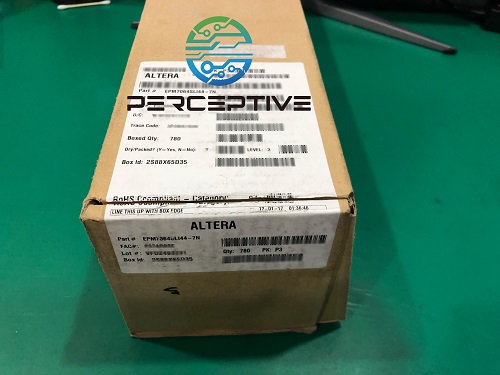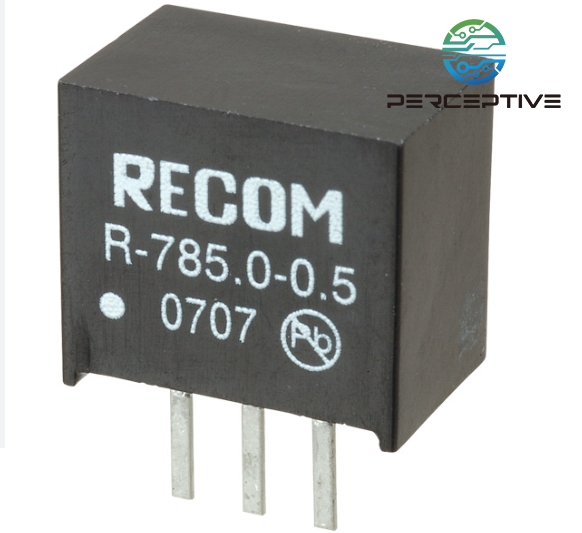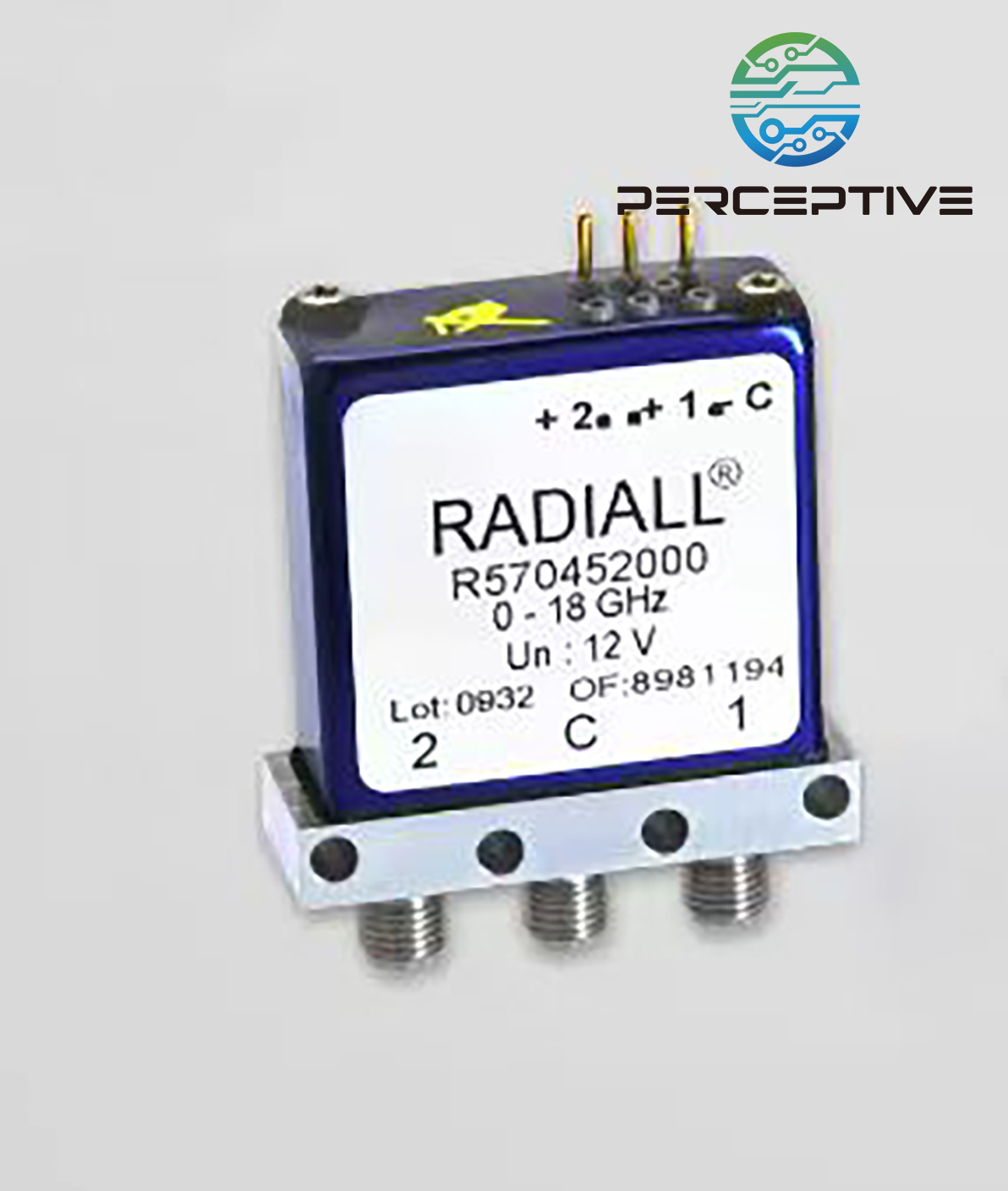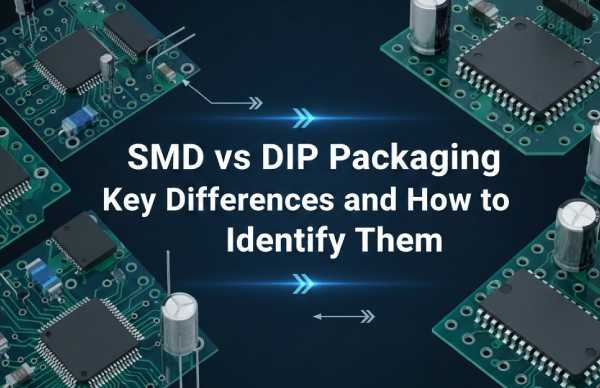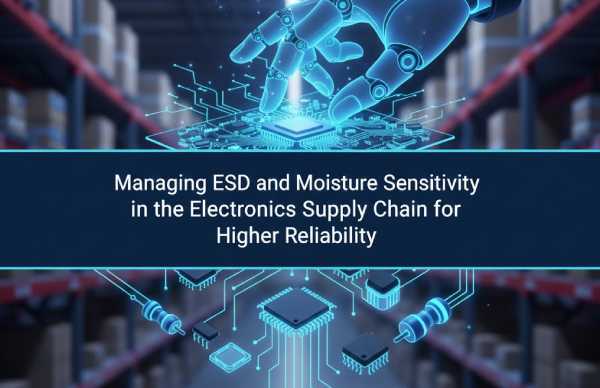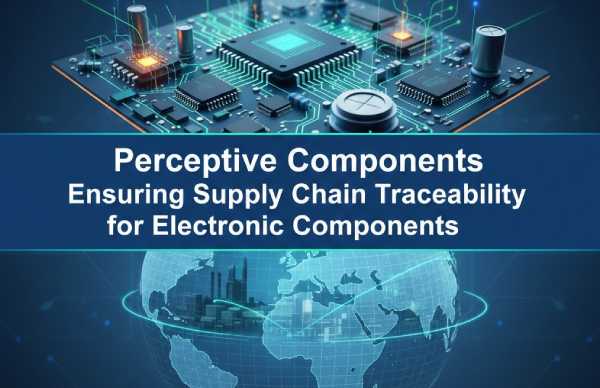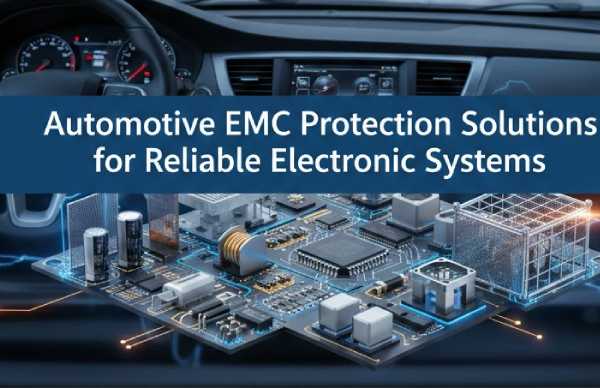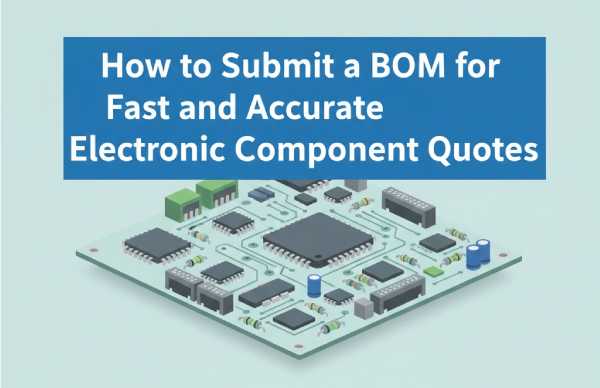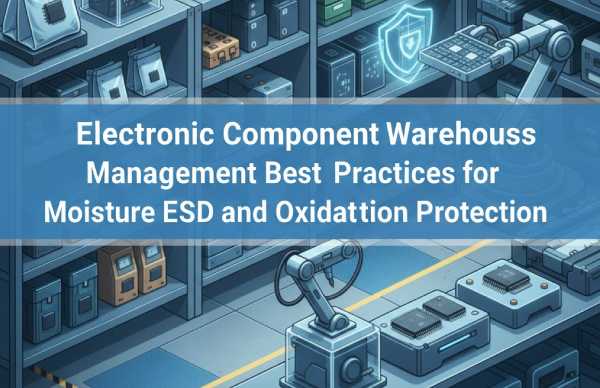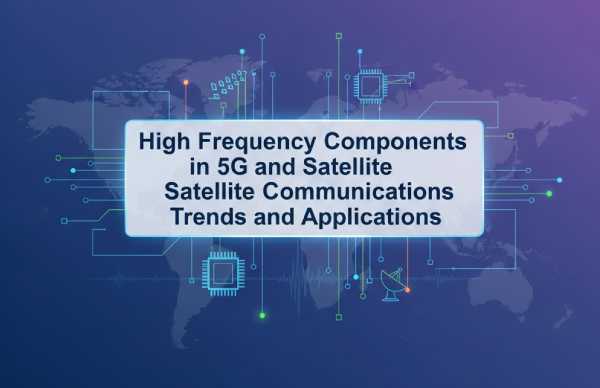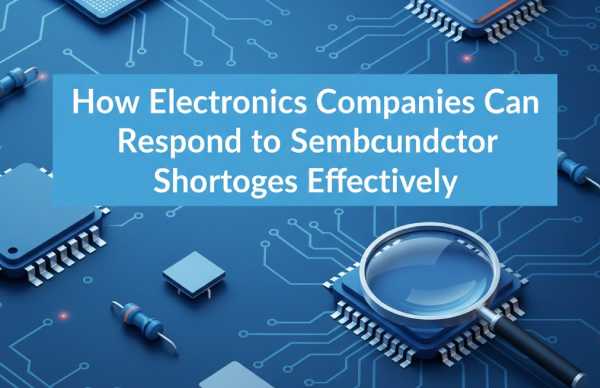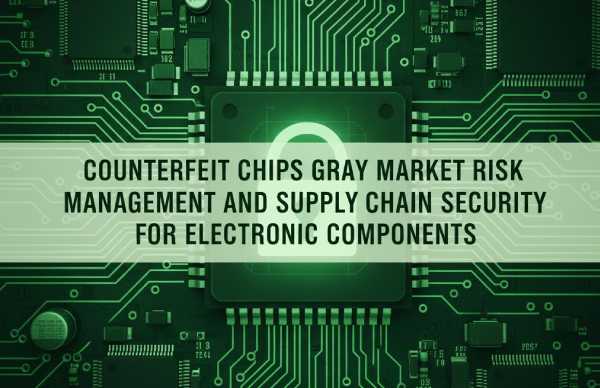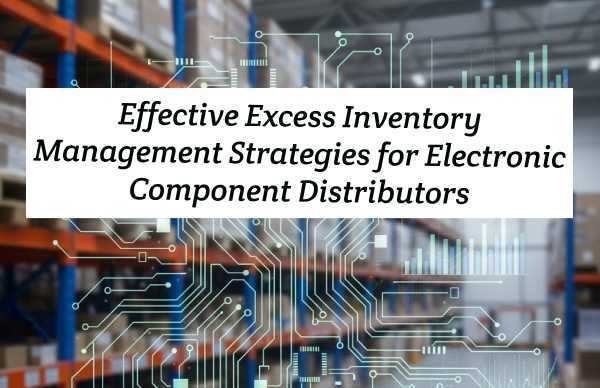The rapid rollout of 5G networks and the growing deployment of satellite constellations are driving a new wave of demand for high-frequency components. From base stations to low Earth orbit (LEO) satellites, system designers now require components that deliver higher power, lower losses, and better integration across increasingly complex frequency bands. For engineers, procurement specialists, and suppliers in the electronic components industry, understanding these shifts is essential to stay competitive and maintain reliable supply chains.
Market Drivers and Material Evolution
Traditional silicon-based RF components are no longer sufficient for emerging 5G and satellite architectures. As 5G moves beyond sub-6 GHz into millimeter-wave (mmWave) frequencies and satellite communications require broader bandwidths, wide-bandgap (WBG) semiconductors like gallium nitride (GaN) and gallium arsenide (GaAs) have become dominant.
GaN, in particular, has shown superior efficiency and power density compared to legacy LDMOS devices. Its ability to operate efficiently at high voltages and temperatures makes it ideal for high-power amplifiers (HPAs), low-noise amplifiers (LNAs), and transceivers used in base stations and phased-array satellite systems. As a result, RF GaN device shipments are forecasted to continue strong growth through 2030, especially in infrastructure and space applications.
Integration Through AiP and SiP Technologies
To reduce size, cost, and signal losses, manufacturers are increasingly adopting Antenna-in-Package (AiP) and System-in-Package (SiP) designs. These packaging methods integrate antennas, power amplifiers, filters, and switches into compact modules, improving electrical performance while simplifying board design.
However, this level of integration introduces challenges in heat dissipation and electromagnetic interference (EMI) control. For procurement and testing teams, it also raises traceability concerns — since multiple RF functions are embedded in one sealed package. Reliable suppliers must therefore provide verified test data, X-ray inspection reports, and electrical performance validation for each production lot. Distributors offering in-house or third-party verification will play a crucial role in ensuring quality and reliability.
Satellite Communication Requirements
In satellite communications, especially in LEO constellations such as Starlink and OneWeb, RF component requirements are shifting toward miniaturized, mass-produced designs that still meet radiation tolerance and thermal stability criteria.
For critical systems, fully space-qualified components (meeting MIL-STD or ECSS standards) remain necessary, but many satellite builders are now using “NewSpace” commercial-grade components that have undergone additional screening and radiation testing. This creates a dual-sourcing strategy: high-reliability parts for mission-critical payloads, and cost-optimized commercial components for shorter-lifecycle satellites.
Procurement teams should maintain clear qualification documentation, including total ionizing dose (TID) test data, vibration resistance results, and thermal cycling certifications. As LEO and GEO missions overlap, flexibility and traceability become key competitive advantages.
Practical Considerations for Engineers and Buyers
Thermal Management: At mmWave frequencies, even small temperature rises can degrade gain and efficiency. Implement robust heat-spreader designs, use high-conductivity materials, and request junction temperature data from component vendors.
Component Qualification: Evaluate GaN devices for load-pull performance, breakdown voltage, and efficiency under full-power operation. Require suppliers to provide S-parameters, life-test data, and handling procedures for ESD-sensitive parts.
Testing of AiP/SiP Modules: Ask for detailed test reports covering insertion loss, isolation, and linearity at system level. Avoid modules with “black-box” designs that lack accessible performance data.
Supply-Chain Strategy: Because GaN manufacturing capacity is limited to a few foundries, buyers should establish multiple sources and consider both GaN-on-Si and GaN-on-SiC options for second sourcing.
Lifecycle and Obsolescence Planning: Many RF components have shorter lifecycles than digital ICs. Maintain end-of-life (EOL) alerts and coordinate with distributors for last-time-buy opportunities.
Opportunities for Distributors
Distributors can add value by offering pre-shipment testing, component authentication, and reliability screening services. Providing thermal simulation data, environmental test results, or cross-reference suggestions for hard-to-source parts builds stronger trust with OEMs and contract manufacturers. As 5G and satellite infrastructure investment expands, those who deliver verified, traceable, and thermally robust high-frequency components will gain significant market advantage.
Conclusion
The convergence of 5G and satellite communications is pushing RF technology toward higher frequencies, greater efficiency, and tighter integration. GaN and advanced packaging solutions like AiP and SiP are redefining how designers and buyers approach component selection. For the electronic component industry, success in this new era requires more than just sourcing — it demands technical insight, proactive risk management, and strong partnerships across the supply chain.
By investing in quality assurance, dual-source strategies, and collaborative engineering support, stakeholders across the 5G and satellite ecosystem can achieve both performance and reliability in the next generation of global connectivity.

